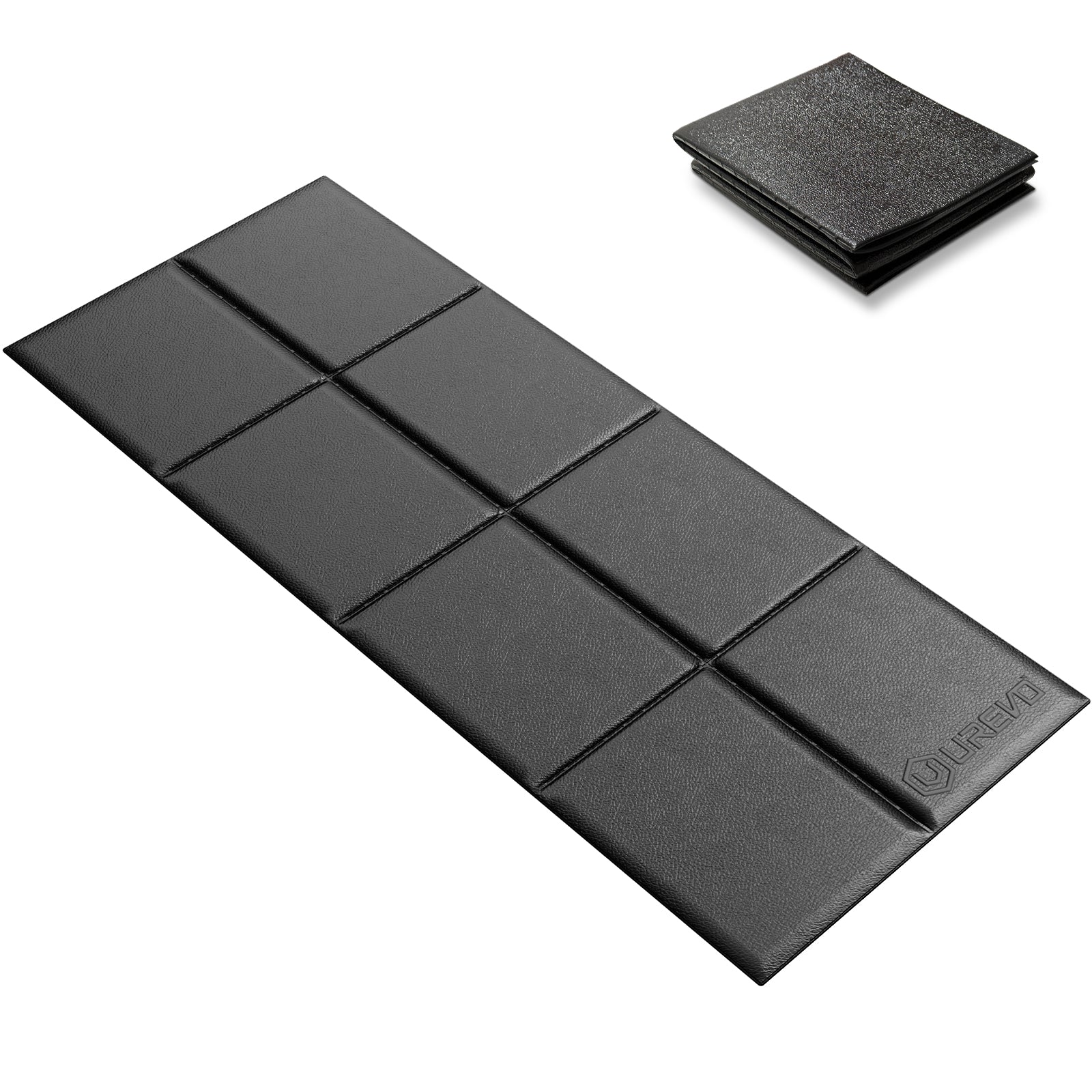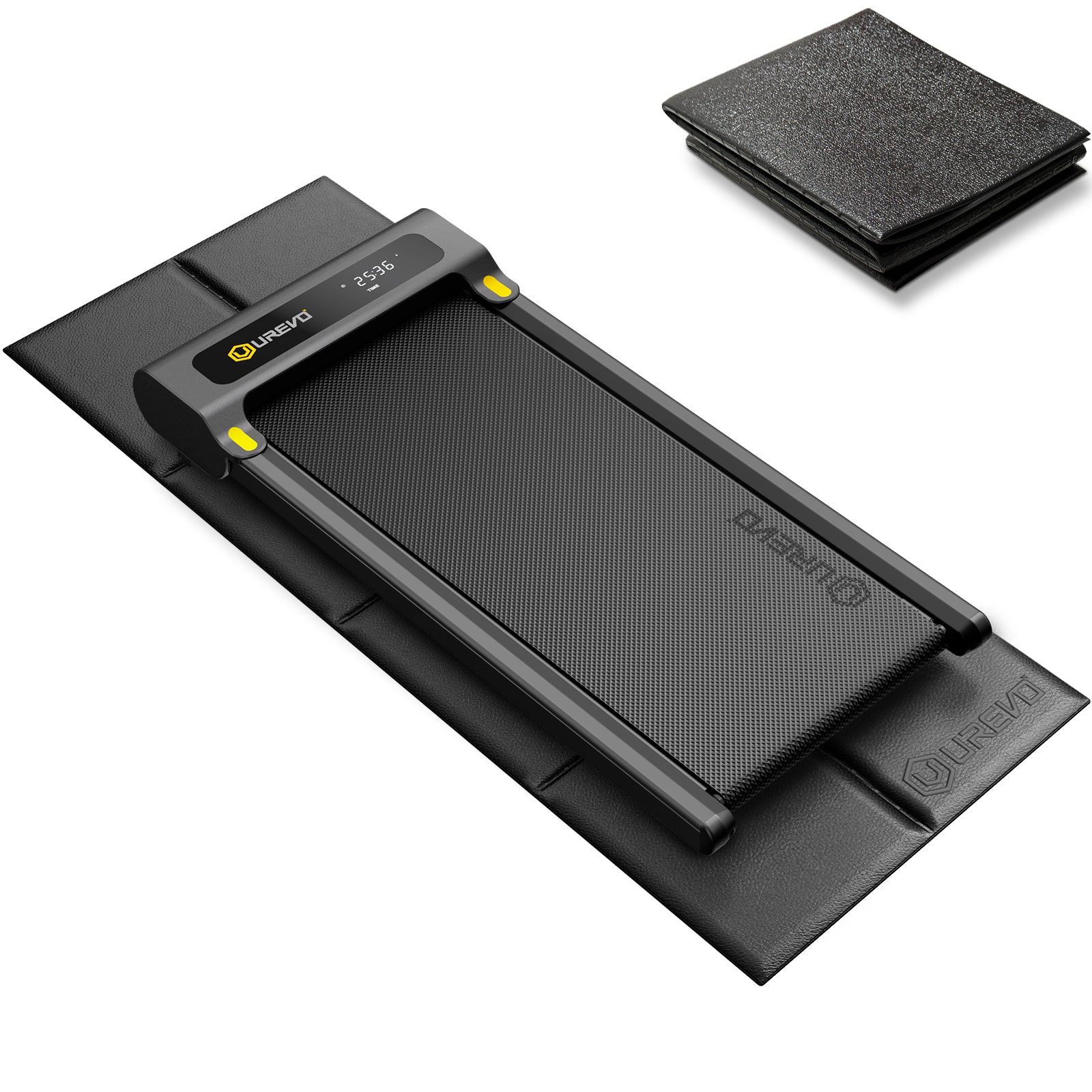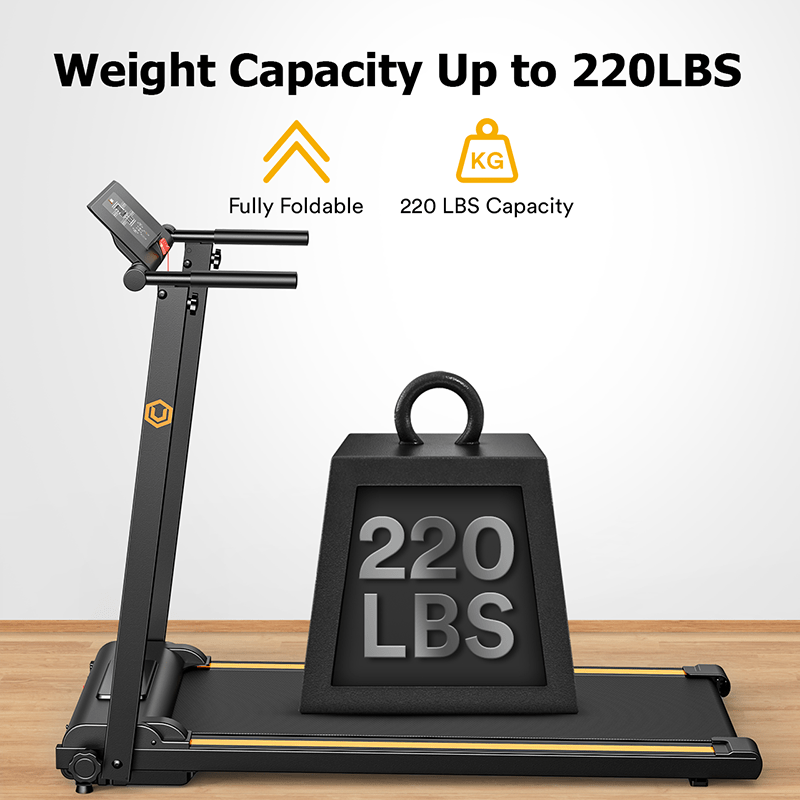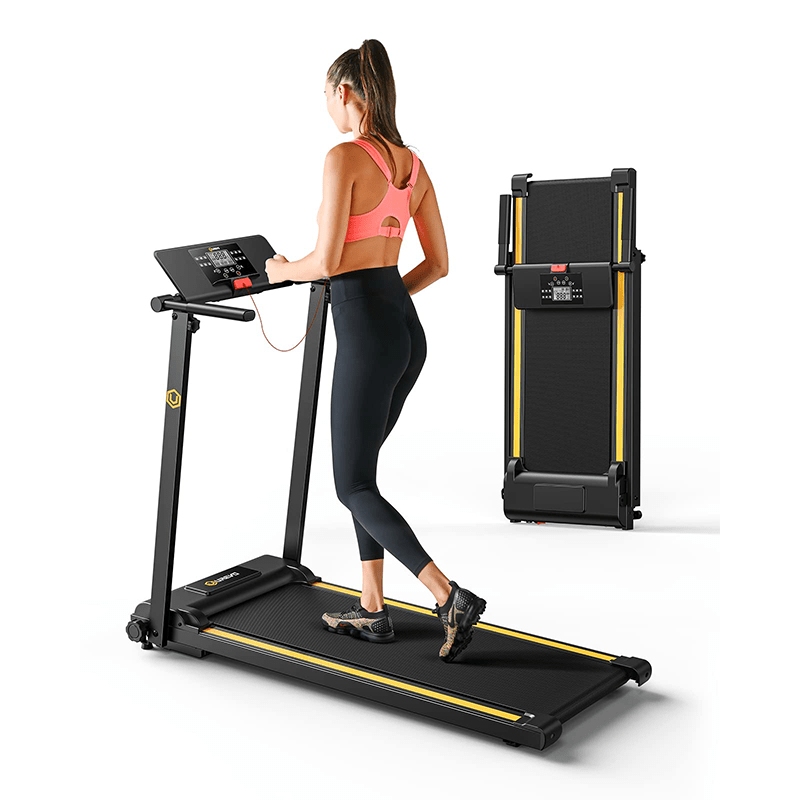Want to run smoother, faster, and without all those nagging aches? The treadmill can help you level up your running form in a controlled, distraction-free way. It’s perfect for focusing on little tweaks that make a big difference, like your posture or stride. Let’s get into how you can use it to fine-tune your technique and feel better on every run!
The Basics of Good Running Form
Posture and Alignment
A good running posture begins with standing tall yet relaxed. When the body is aligned properly, it conserves energy and minimizes stress on muscles and joints. Visualize a string attached to the top of your head, pulling your body upward. Avoid leaning excessively forward or backward, which can disrupt your natural motion. Let your shoulders fall naturally without hunching, and always keep your head up with your gaze fixed on the horizon.
Foot Strike
The area of your foot that makes contact with the ground influences efficiency and joint stress. Aim to land with your midfoot under your center of gravity rather than reaching forward with your heel. This type of foot strike provides a smoother transition from landing to push-off, reducing the impact on the knees and hips.
Arm Movement
Your arms are more than stabilizers; they act as rhythmic drivers for your legs. Keep your arms bent at roughly 90 degrees, swinging them forward and back from the shoulders. Avoid crossing your arms over the midline of your body, as this can waste energy and disrupt your forward momentum.

Cadence and Stride Length
Cadence refers to the number of steps taken per minute, while stride length is the distance between each step. An efficient cadence generally falls between 170–180 steps per minute, depending on individual biomechanics. Shorter, quicker steps reduce the impact on joints while overstriding often leads to inefficiency and potential injuries.
Techniques for Improving Running Form
Focus on Posture
Stand Tall and Relaxed
Begin by finding a natural and upright posture. Engage your core gently, allowing your body to extend upward without stiffness. On the treadmill, use its even surface to practice maintaining this alignment. Let your arms swing naturally as you keep your gaze forward. Regular posture checks during your run prevent slouching or unnecessary tension, improving your overall efficiency.
Engage Your Core
A strong core stabilizes the torso, preventing excessive swaying or rotation. On the treadmill, consciously tighten your abdominal muscles during your run. This engagement helps channel energy directly to your legs, supporting a more stable stride and reducing the risk of fatigue-related injuries.
Optimize Foot Strike
Midfoot Landing
Use the treadmill’s predictable surface to focus on striking with your midfoot. Landing here distributes the impact evenly across the foot rather than concentrating it on the heel or toes. It also enhances your ability to push off efficiently, contributing to a smoother and more natural running style.
Quick Turnover
Achieving a quick turnover involves increasing your cadence while maintaining a light step. Count how many times your feet hit the treadmill in 30 seconds, then double that number. If your cadence is below 170, aim to increase it gradually. A quicker turnover reduces ground contact time, which decreases impact forces and improves forward momentum.
Smooth Arm Swing
Elbows at 90 Degrees
Maintaining a consistent arm angle at the elbows enhances balance and efficiency. Swing your arms loosely, avoiding tension in your shoulders and hands. On the treadmill, the absence of external distractions allows you to focus on refining this motion.
Forward Motion
Imagine your arms as pendulums, propelling you forward with minimal effort. Keep the movement aligned with your stride, avoiding side-to-side motion. Practicing this on a treadmill encourages muscle memory, translating into smoother arm movements during outdoor runs.
Adjust Cadence and Stride Length
Find Your Optimal Cadence
Use the treadmill’s constant pace to experiment with your step rate. Start by running at your natural cadence, then work on increasing it by 5–10% increments. Aim for a cadence that feels smooth and sustainable, typically around 170–180 steps per minute.
Shorten Your Stride
Overstriding often leads to excessive stress on your knees and ankles. On the walking treadmill, focus on landing your foot directly beneath your body, taking shorter steps. This adjustment reduces braking forces, allowing for a more fluid and energy-efficient run.
Advanced Techniques for Mastering Running Form
Interval Training
Boosting Speed
Intervals are a powerful way to improve your form at higher intensities. Use the treadmill to alternate between sprints and recovery jogs. During the sprints, concentrate on maintaining proper posture, quick turnover, and smooth arm swings. These sessions help your body adapt to running efficiently under increased strain.
Enhancing Efficiency
Even during recovery intervals, maintain your focus on good form. Running efficiently at slower speeds reinforces proper mechanics and builds endurance. The treadmill’s consistent pace ensures you stay disciplined in these efforts.
Barefoot Running Simulation
Strengthening Feet and Ankles
Running barefoot or in minimalist shoes strengthens the small muscles in your feet and ankles. Start by reducing the treadmill speed to a comfortable level, focusing on natural foot placement. This approach builds resilience in areas often neglected by traditional footwear.
Improving Balance
Barefoot running enhances proprioception, or your body’s sense of position and movement. The treadmill provides a controlled environment to practice this technique, improving your overall balance and coordination for outdoor runs.

Essential Treadmill Settings
Speed Control
The treadmill allows precise control over your pace, enabling you to focus on specific aspects of your form. Start at a slower speed to refine mechanics, then gradually increase to challenge yourself. Consistency in speed eliminates the variability of outdoor terrain, providing an ideal setting for form adjustments.
Incline Adjustments
Adding an incline mimics outdoor conditions and encourages a natural running posture. Start with a 1% incline to reduce joint impact while engaging more muscles. As you progress, experiment with steeper inclines to build strength and endurance.
How Do I Know If My Form Is Improving?
Evaluate your progress by filming yourself on the treadmill or seeking feedback from a coach. Pay attention to how your body feels during and after runs. Signs of improvement include less fatigue, fewer aches, and a smoother, more effortless stride. Monitor your cadence and stride length regularly to identify areas of growth.
Final Words
With consistent practice and attention to key details like posture, cadence, and foot strike, you’ll run more efficiently and comfortably. Stick with it, and those improvements will naturally carry over to your outdoor runs.
FAQs
How long should I practice on the treadmill to improve my form?
Start with 15–20 minutes focusing solely on specific aspects of your running form, like posture or cadence. Gradually increase the duration as you become more comfortable with maintaining good mechanics.
Can treadmill running improve my outdoor performance?
Yes! The treadmill provides a distraction-free environment where you can refine your posture, cadence, and foot strike. These improvements translate to smoother and more efficient movement outdoors.
What’s the best way to prevent treadmill-related running injuries?
Avoid overstriding and keep your cadence high to reduce impact. Always warm up properly, use a slight incline to mimic outdoor terrain, and avoid setting the speed too high until you’re confident in your form.
Should I wear the same shoes for treadmill running as I do for outdoor runs?
Yes, unless you’re practicing barefoot techniques. Running in the same shoes allows you to work on form under similar conditions, helping build consistency between foldable treadmill and outdoor performance.














